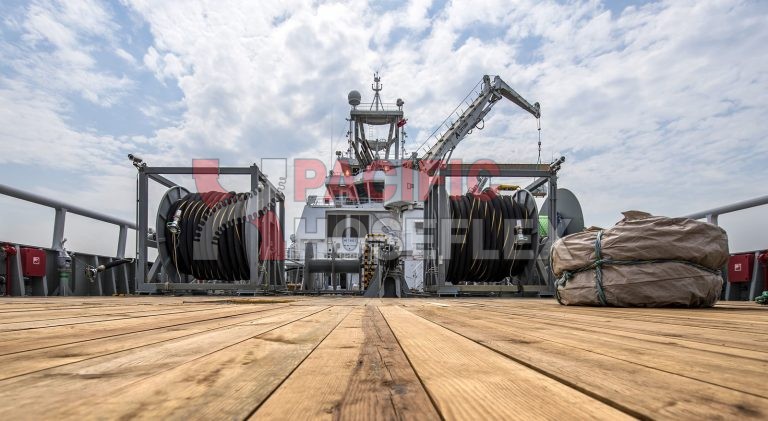When hoses fail, organisations face the expense of costly downtime as well as the potential risk of injuries to employees or serious environmental damage from leaks and chemical spills.
The harsh demands of petrochemical environments include extreme temperatures, high pressure, aggressive chemicals, abrasive materials, UV and weather conditions, mechanical stress, compatibility challenges, static electricity build-up, strict compliance and long service life expectations.
Extreme temperatures – Exposure to both high and low temperatures can degrade hose materials over time.
High-pressure systems – Constant high pressure can cause fatigue and eventual failure if hoses aren’t rated correctly.
Aggressive chemicals – Hoses need to withstand corrosive fluids and vapours without degrading or leaking.
Abrasive materials – Particulates or slurry can wear down hose linings from the inside.
UV and weather exposure – Outdoor installations have to withstand sun, wind, and rain over long periods.
Mechanical stress – Movement, vibration, and flexing can lead to fatigue and cracking.
Compatibility challenges – Incorrect material selection can lead to chemical incompatibility or thermal breakdown.
Static electricity build-up – Certain applications require hoses with anti-static properties to prevent sparking.
Strict safety and compliance standards – Hoses must meet regulatory requirements for safe operation in hazardous zones.
Long service life expectations – Reliability over extended periods is essential.
Why do hose failures happen in petrochemical applications?
The main causes for hose failure in petrochemical applications include extreme temperatures, high pressure, chemical incompatibility, harsh operating environments, and common wear and tear from repeated use or poor handling.
The most frequent causes of hose failures include:
- Bursting or leakage – often caused by overpressure or degradation
- Cracking or hardening – due to UV, heat, or incompatible chemicals
- Fitting blowouts – incorrect assembly or hose/fitting mismatch
- Abrasion and external wear – from contact with equipment or rough surfaces
How to prevent hose failure
Choose the right hose for the job: It’s essential to match the hose material to the chemical to avoid the risk of corrosion. Always check the pressure and temperature ratings of the hose and seek expert advice for high-risk environments.
Conduct regular inspections and maintenance: Regular inspections help catch issues like cracks, bulges or leaks before they become serious. How often? Do quick daily checks, with more thorough inspections weekly or monthly depending on use.
Correct storage and handling: Don’t let your hoses kink, twist or drag and ensure proper coiling and storage.
Only use professional hose assemblies: There is incredible value when working with a trusted Australian hose supplier like Pacific Hoseflex. Our expert team ensures every assembly is tested, compliant, and fit for purpose in demanding petrochemical environments.
Quality control and compliance
When it comes to hoses, managing quality and compliance is essential. Adhering to all relevant regulations, such as AS/NZS and ISO certifications, is crucial for safety, performance, and industry compliance.
At Pacific Hoseflex, we ensure every hose we manufacture meets petrochemical standards, through in-house testing, traceability and material certification.
Hoses for petrochemical applications
Prevention is better than downtime
Hose failures in petrochemical applications can have serious consequences, but most issues are preventable with the right approach.
If you select the correct hose for your application, carry out regular inspections, ensure proper handling and storage, and partner with a trusted supplier like Pacific Hoseflex, you can reduce risks of hose failure and improve reliability across your operations.
If you’d like more information on hose selection for petrochemical applications, contact the Pacific Hoseflex team today.


